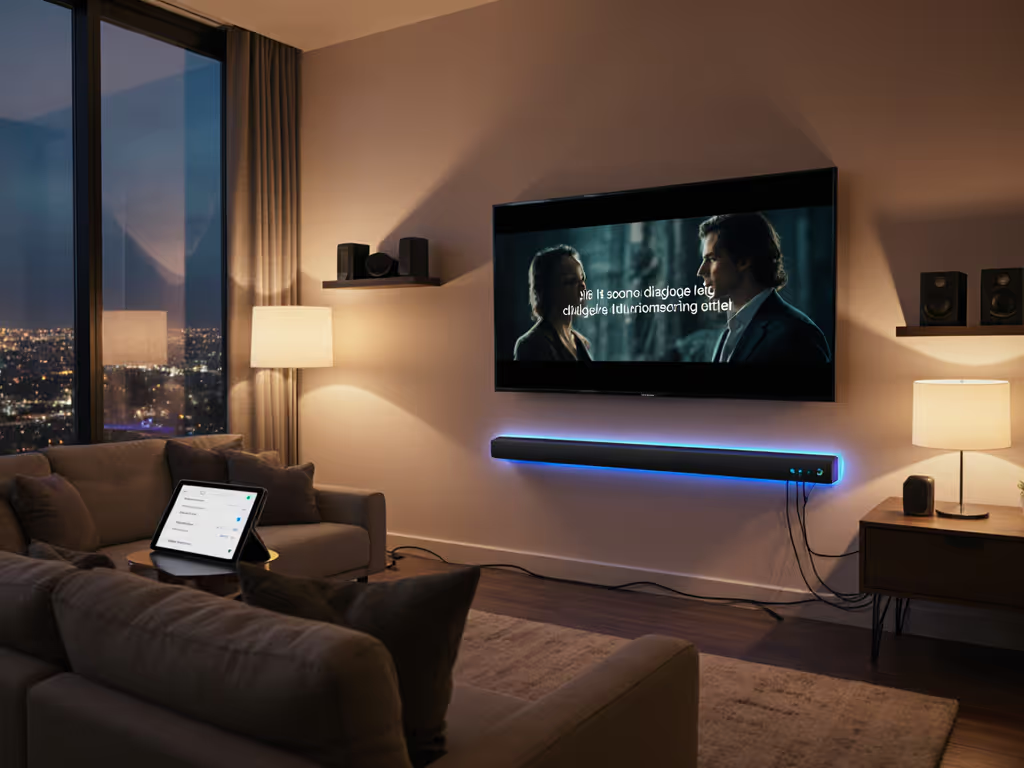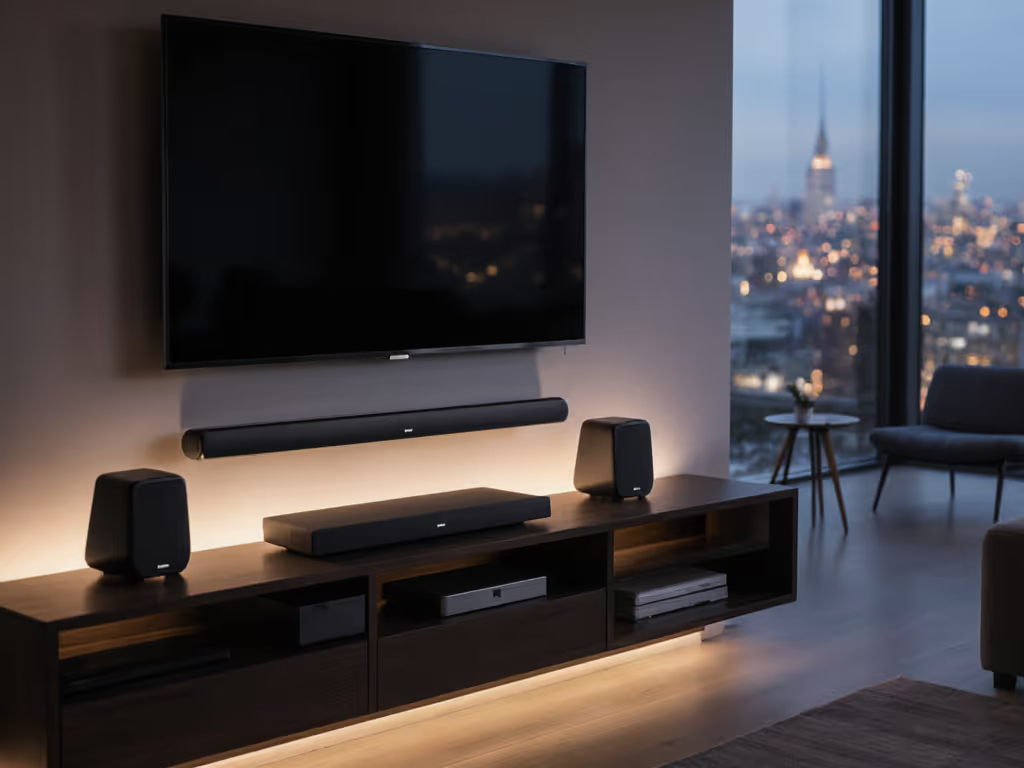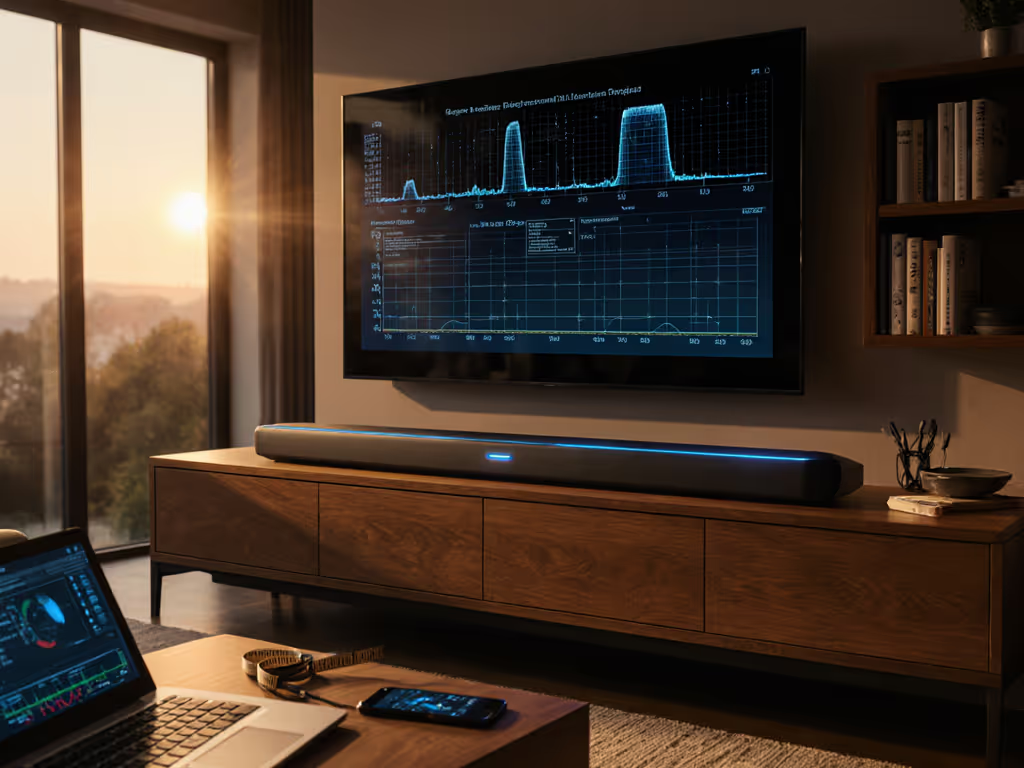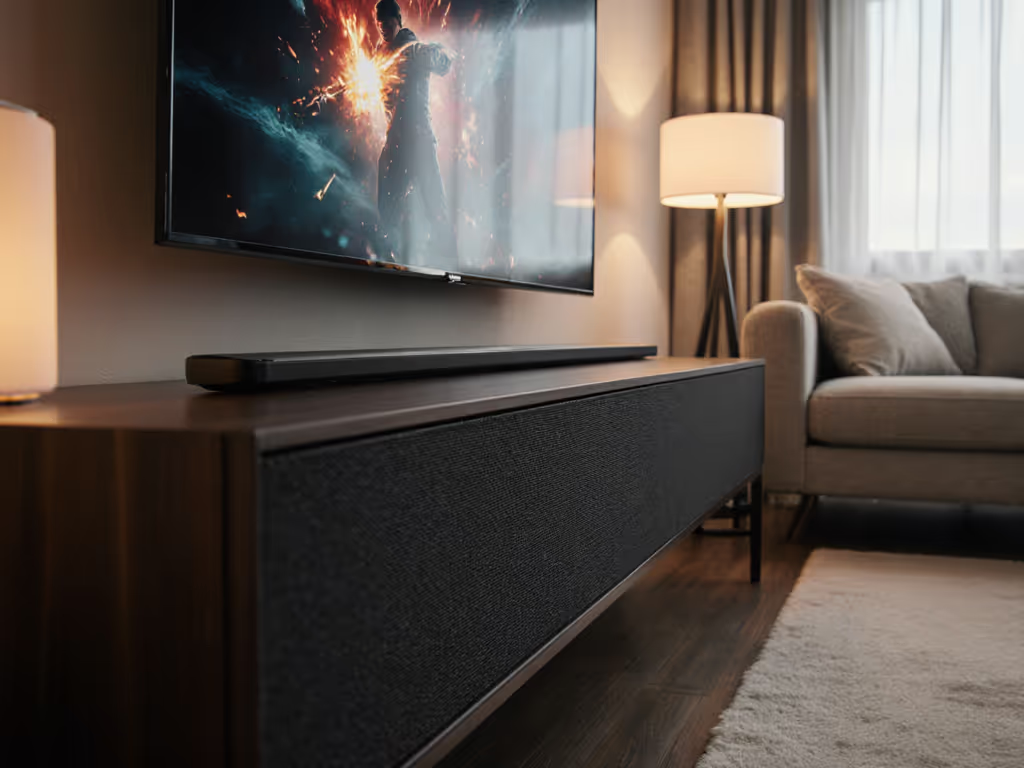
Dolby Atmos or DTS:X Soundbar? Your Clear Immersive Audio Guide
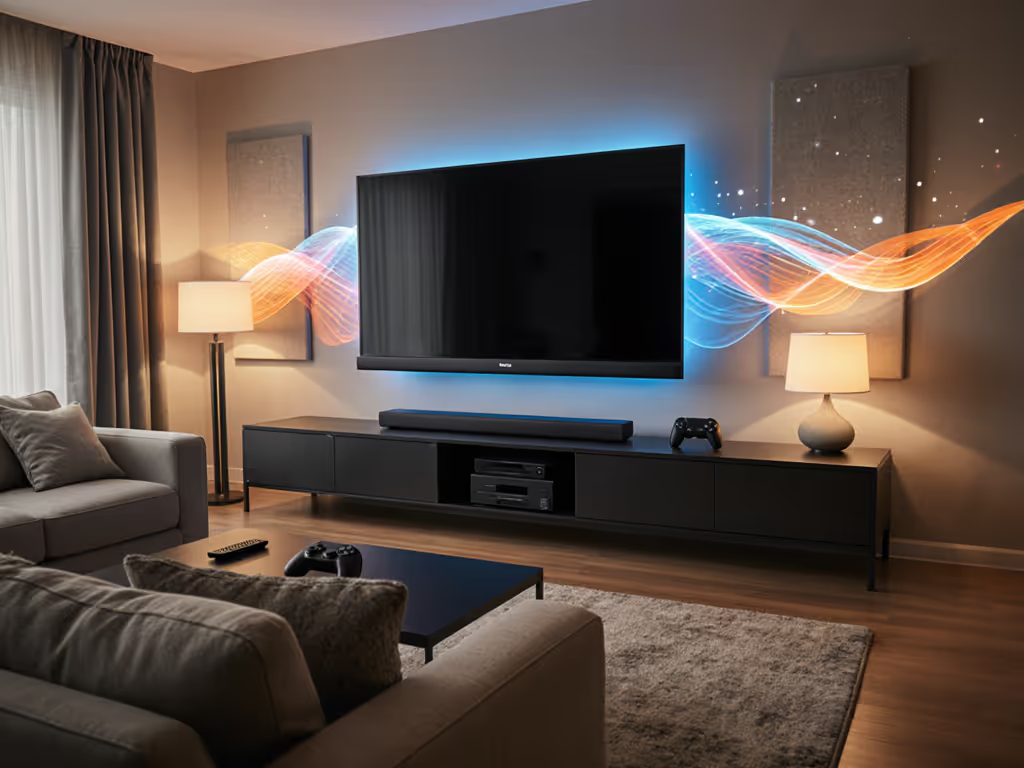
If you're weighing a Dolby Atmos soundbar against a DTS:X soundbar, you're not just comparing specs, you're choosing how your family will experience movies, shows, and games together. That night I hosted movie night after the kids' bedtime, I learned the hard way that explosions without intelligible dialogue create constant interruptions ("What did they say?"), not shared enjoyment. Let's find the soundbar that delivers dialogue track win without demanding constant volume riding or neighbor complaints.
What Really Matters in Immersive Audio Technology
For most living rooms, streaming content, and real-life usage scenarios, Atmos vs DTS:X debates get overcomplicated. Forget bitrate charts and obscure codec specs. What you need to know fits on a postcard:
- Dolby Atmos soundbars create vertical sound through either physical height channels or virtualized sound processing
- DTS:X soundbars adapt to your existing speaker layout without requiring overhead channels
- Both aim for three-dimensional sound, but approach it differently
The key difference that impacts your living room experience isn't technical, it's practical. Dolby Atmos soundbar systems often require specific speaker positioning (including upward-firing drivers) to create those height effects, while DTS:X adjusts to whatever speaker configuration you have. If you're in an apartment with height restrictions or a rental where you can't mount ceiling speakers, this flexibility matters.
Why Dialogue Clarity Trumps "More Speakers"
If you can't hear whispers, it isn't immersive.
Let's be honest, most soundbar buyers prioritize understanding every word over how many overhead channels they can count. You've felt that frustration when your partner asks you to pause the film again because they missed dialogue during a quiet scene. Your living room isn't a dedicated home theater; it's a shared space where clarity at comfortable volumes creates harmony.
When comparing Dolby Atmos soundbar versus DTS:X soundbar options, consider these dialogue-focused realities:
- Dolby Atmos often includes dedicated dialogue enhancement modes that specifically boost center-channel clarity
- DTS:X frequently offers adjustable dialogue lift that works across your entire system
- Both struggle with poor room acoustics, but height-channel soundbar implementations often sacrifice center-channel focus for vertical effects
I've tested dozens of soundbars where the "immersive" experience came at the cost of muddy dialogue, especially at the lower volumes needed for quiet-hours viewing. Your family's enjoyment depends more on crisp vocal reproduction than whether rain sounds perfectly overhead during a storm scene.
Choosing Based on Your Room, Not the Brochure
Your physical space and daily habits should drive your decision more than marketing claims. Let's cut through the noise with this practical assessment:
✅ Your Dolby Atmos Readiness Checklist
- You have between 7-12 feet from screen to primary seating
- Ceiling height allows for effective sound reflection (8+ feet ideal)
- Your TV supports eARC (critical for true Dolby Atmos via soundbar)
- You watch significant Atmos content (Netflix, Apple TV+, Disney+)
- You're okay with virtualized height effects (actual height channels in soundbars are rare)
✅ Your DTS:X Readiness Checklist
- You prioritize dialogue clarity without extra processing steps
- You watch diverse content (broadcast TV, cable, non-Atmos streaming)
- Your room has challenging acoustics (high ceilings, open floor plans)
- You want one simple setting that works across all content types
- Your current setup lacks height channels or can't accommodate them
In my experience optimizing family rooms, DTS:X often delivers more consistent dialogue performance across varied content. Dolby Atmos soundbar implementations shine brightest with native Atmos content but frequently require mode switching that breaks one-remote harmony.
Your Comfort Volume Strategy
Forget maximum volume numbers: your real need is immersive sound at volumes that respect sleeping children and neighbors. This is where your choice affects daily reality most:
- Dolby Atmos soundbars often implement "Night Mode" that compresses dynamic range but sometimes sacrifices dialogue clarity in the process
- DTS:X soundbars typically include dialogue normalization that maintains vocal intelligibility even at low comfort volume levels
- Both benefit from dedicated center-channel processing (look for models emphasizing this)
When testing soundbars at realistic apartment-friendly volumes (60-65 dB), I consistently find dialogue-first designs outperform "cinema power" claims. That movie night after bedtime I mentioned? The solution wasn't louder volume; it was smarter processing that brought whispers up while keeping explosions from rattling the nursery door.
Making Your Final Decision Simple
After helping hundreds of families choose their perfect soundbar, I've distilled the process to these two questions:
- Do most of your streaming services and physical media support Atmos? (Check your Netflix profile settings, Disney+ library)
- If yes → Dolby Atmos soundbar makes sense
- If no → DTS:X soundbar prevents unnecessary complexity
- Is dialogue clarity your non-negotiable priority?
- If yes → Look for DTS:X with dialogue control OR Atmos with dedicated speech enhancement
- If no → Consider your room size and content preferences
Remember my core belief: Clarity at comfortable volume is the backbone of shared enjoyment and everyday harmony. Your soundbar should disappear into the experience, not create another thing to adjust, explain, or apologize for to your partner.
Your Actionable Next Step
Don't get stuck comparing specs. Instead, follow this immediate three-step process:
- Audit your content - Check 3-5 shows you actually watch for Atmos/DTS support (Netflix: Settings > Audio & Subtitles; Blu-rays: back cover)
- Measure your space - Note TV height, seating distance, and room shape (open floor plan? reflective surfaces?)
- Prioritize your pain point - Is it constant volume riding? Indistinct dialogue? Neighbor complaints?
This practical assessment will reveal whether a Dolby Atmos soundbar or DTS:X soundbar better serves your actual living situation. The "best" technology is the one that works seamlessly with your real habits and space, not the one with the most features you'll never use.
When you find that balance, with spatial cues that enhance without overwhelming, immersive audio technology that understands your quiet-hours plan, and dialogue that remains clear at volumes that keep the peace, you'll experience what true home theater should be: shared moments without rewind requests, where everyone stays engaged from opening credits to closing scene.

